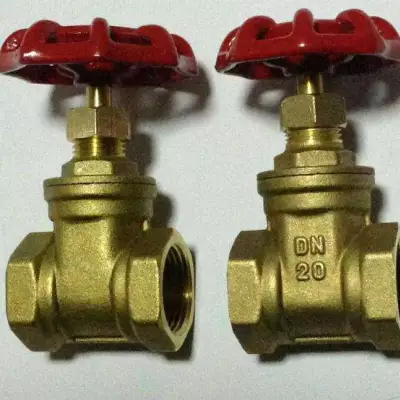|
The Ultimate Guide to Marine Valves: Choosing, Maintaining, and Optimizing for PerformanceMarine valves are critical components in maritime systems, regulating fluid flow in ships, offshore platforms, and submersibles. From ball valves to gate valves, the right marine valve ensures safety, efficiency, and compliance with industry standards. This guide will help you understand marine valves, their types, selection criteria, and maintenance strategies to optimize performance. 1. Types of Marine Valves and Their Applications Marine valves come in various designs, each suited for specific applications. Here’s a breakdown of the most common types: 1.1 Ball Valves Function: Quick shut-off with minimal pressure drop. Use Case: Ideal for fuel lines, water systems, and emergency shutoffs. 1.2 Gate Valves Function: Full or half-open flow control. Use Case: Mainline isolation in pipelines (e.g., bilge systems). 1.3 Globe Valves Function: Precise flow regulation under high pressure. Use Case: Steam and hot water systems on vessels. 1.4 Check Valves Function: Prevent backflow to avoid system damage. Use Case: Pump discharge lines and condensate return systems. 1.5 Butterfly Valves Function: Lightweight and compact flow control. Use Case: HVAC systems and ventilation ducts. 2. Key Factors in Selecting Marine Valves Choosing the right marine valve depends on several technical and operational factors:
2.1 Material Compatibility Stainless Steel: Resists corrosion in seawater environments. Bronze: Suitable for low-pressure systems. Duplex Steel: Ideal for high-chloride environments. 2.2 Pressure and Temperature Ratings Ensure valves meet ISO 17264 standards for marine applications. Example: A ball valve rated for 300 psi and -40°C to 200°C. 2.3 Sealing Mechanism Metal-to-Metal Seals: Durable for high-pressure scenarios. Soft Seals (PTFE/NBR): Better for low-temperature applications. 2.4 Automation and Actuation Manual Valves: Cost-effective for infrequent use. Electric/Pneumatic Actuators: Essential for automated systems. 3. Maintenance Tips to Extend Valve Lifespan Regular maintenance ensures optimal performance and safety: 3.1 Inspect for Corrosion Clean valves with non-abrasive solutions and apply anti-corrosive coatings. 3.2 Lubrication Use marine-grade lubricants for moving parts to reduce friction. 3.3 Leak Detection Monitor for signs of leakage using ultrasonic testing or pressure tests. 3.4 Replacement of Worn Parts Replace seals, gaskets, or springs if damaged to prevent system failures. 4. How Marine Valves Improve Operational Efficiency Energy Savings: Efficient flow control reduces pump energy consumption. Safety Compliance: ISO-certified valves meet international maritime regulations. Reduced Downtime: Proper maintenance minimizes unexpected breakdowns. 5. Common Challenges and Solutions Challenge Solution Clogging due to debris Install strainers upstream of the valve. Valve stem leakage Replace damaged seals or upgrade to PTFE seals. Overpressure damage Use pressure relief valves in critical systems. Conclusion: Invest in the Right Marine Valves Marine valves are the backbone of fluid control in maritime operations. By selecting the right type, material, and maintenance strategy, you can ensure the longevity and efficiency of your vessel’s systems. For expert advice on marine valve solutions, consult certified suppliers or engineers specializing in offshore engineering. Call to Action (CTA): Ready to optimize your marine systems? Contact us today for a free consultation on marine valve selection and installation. |

